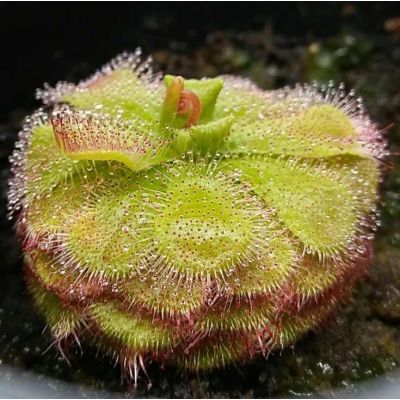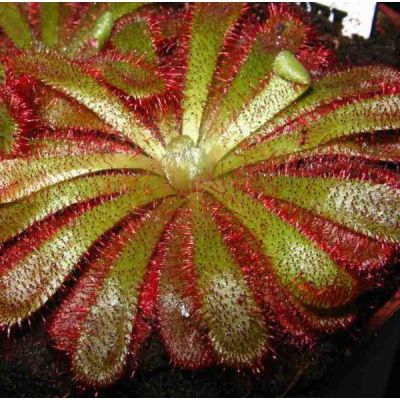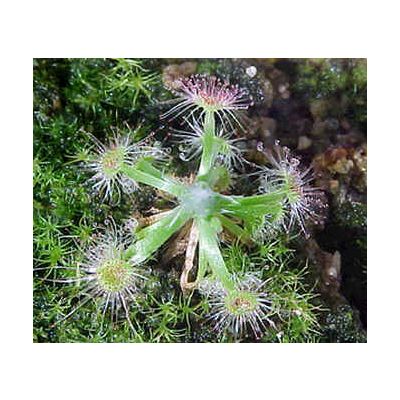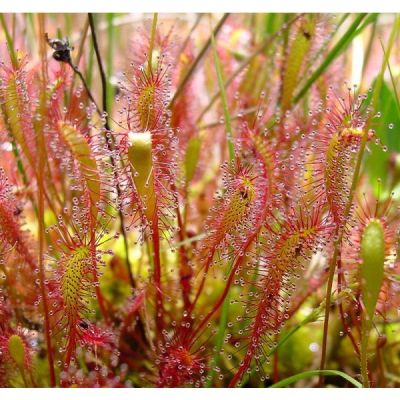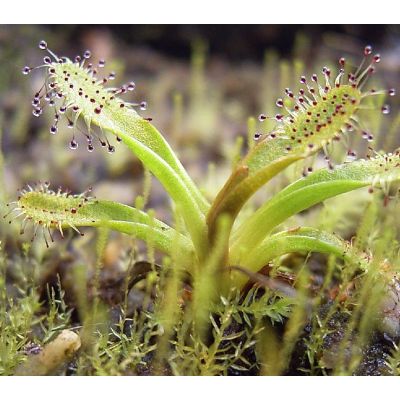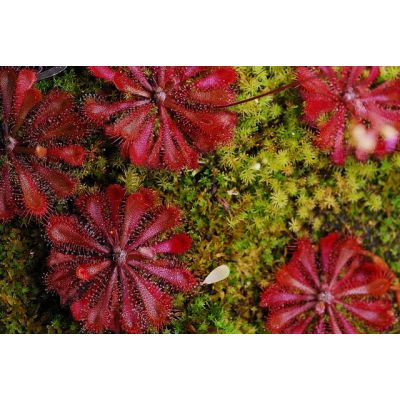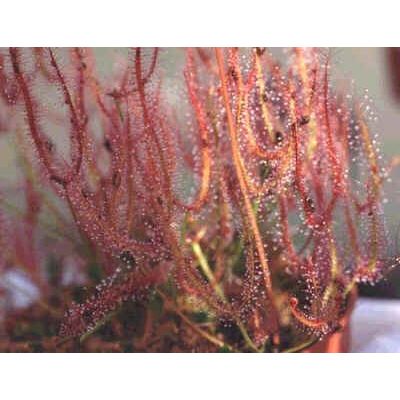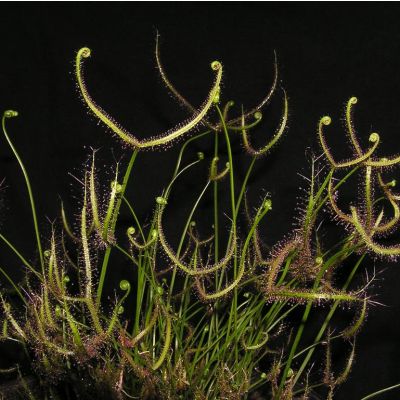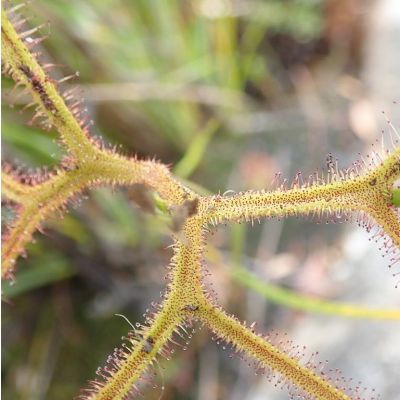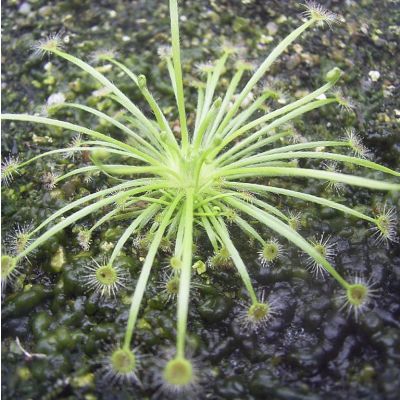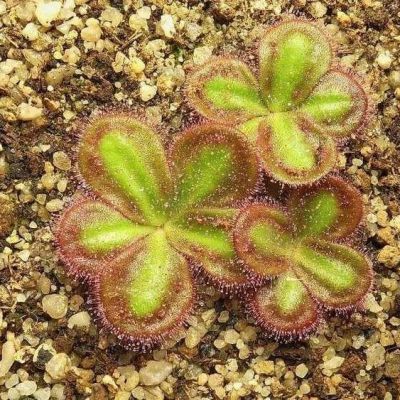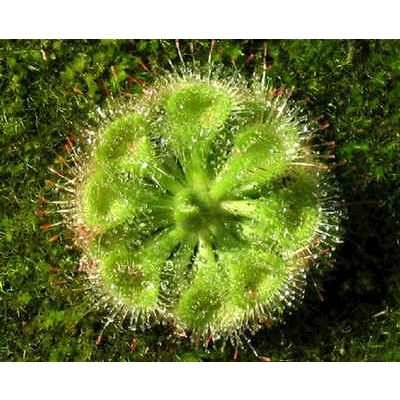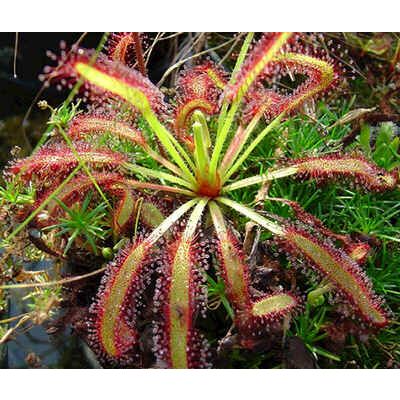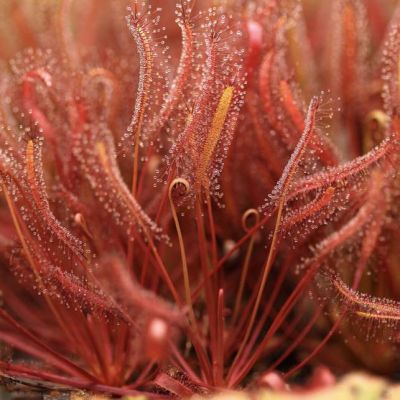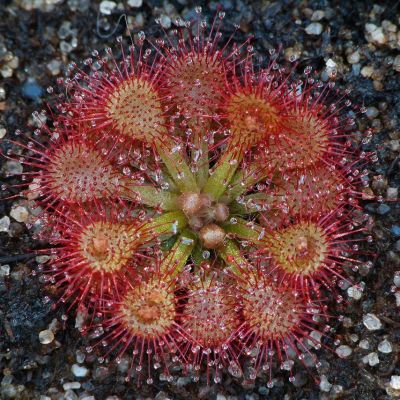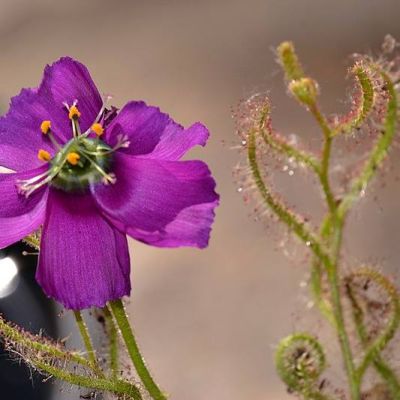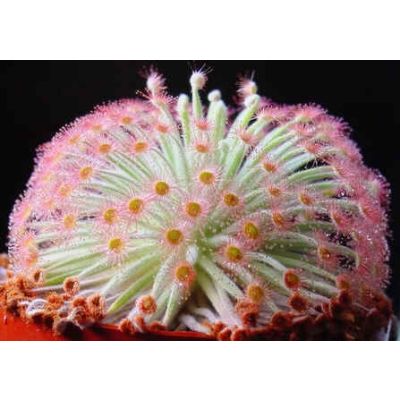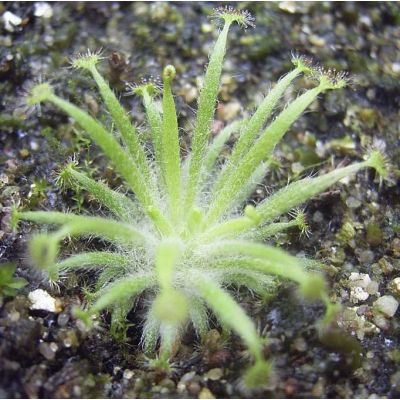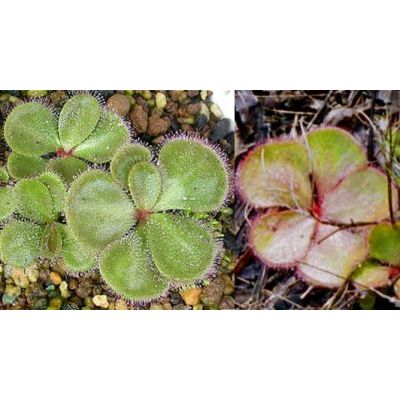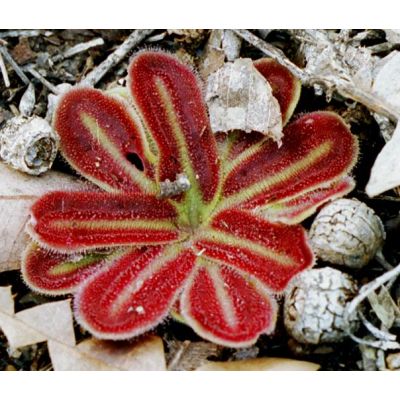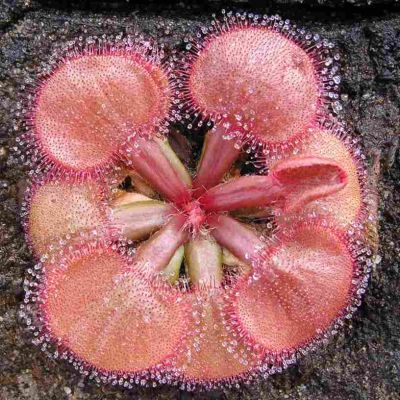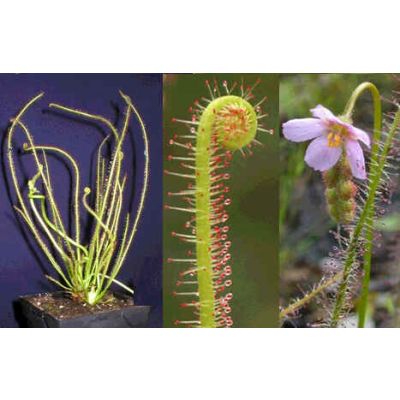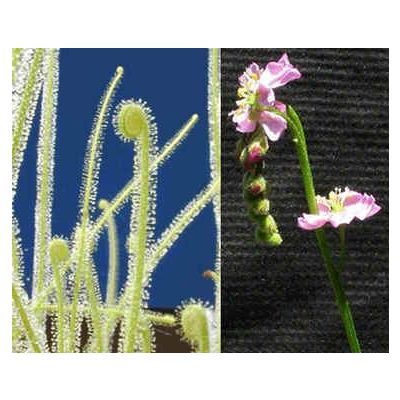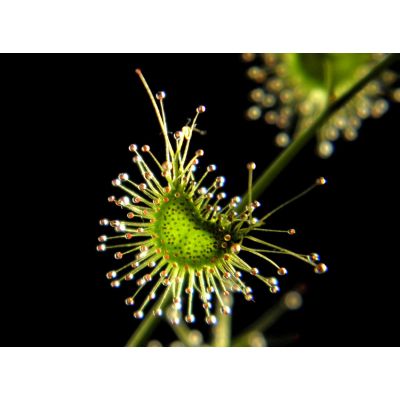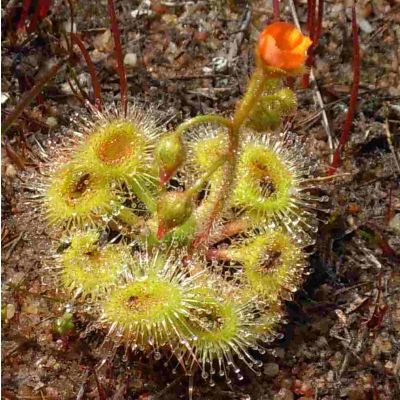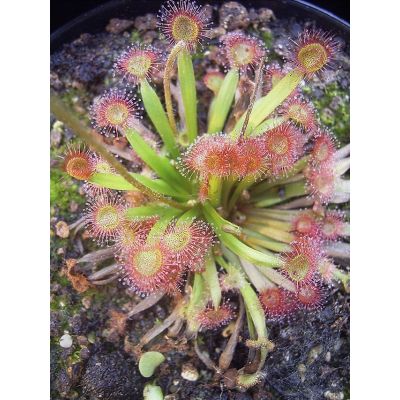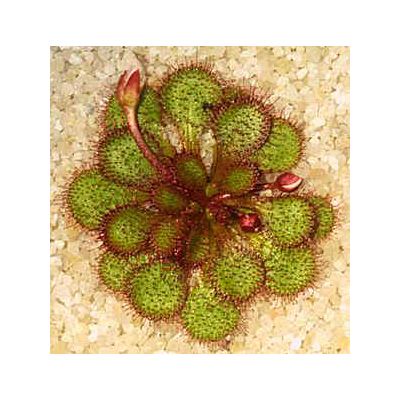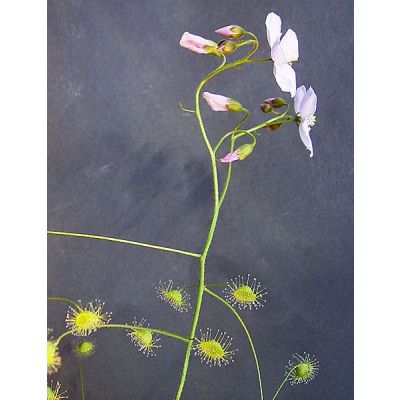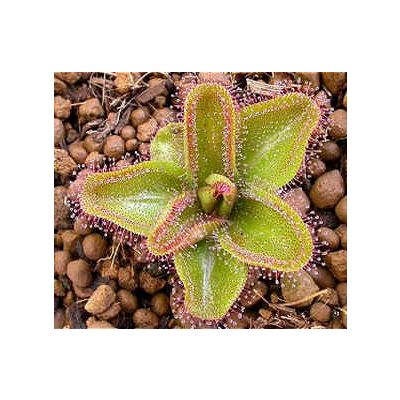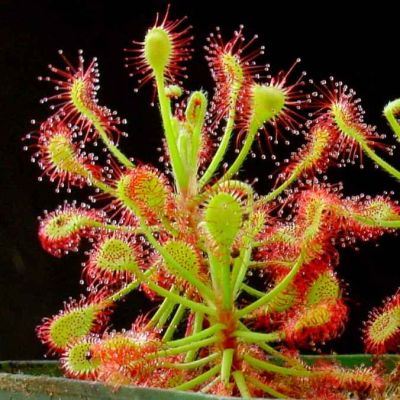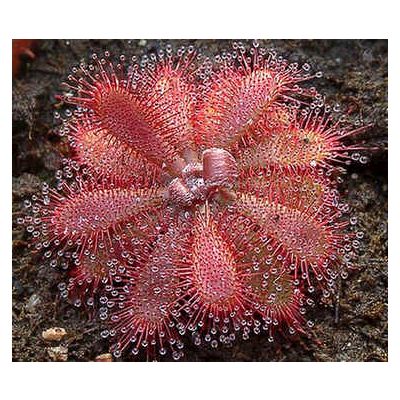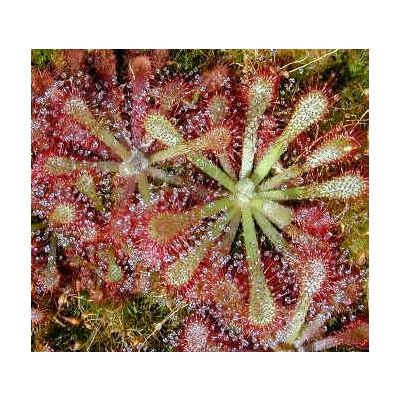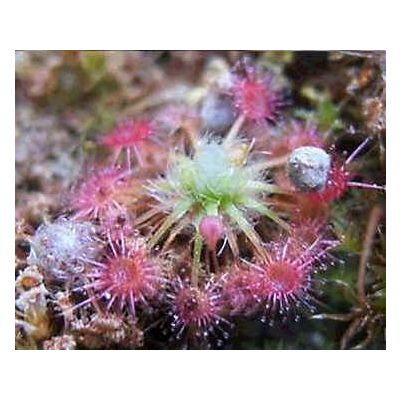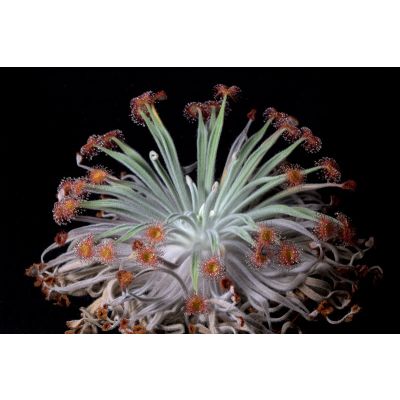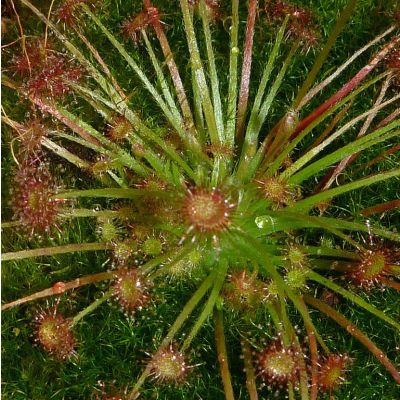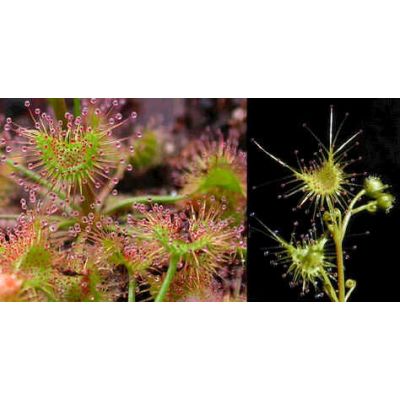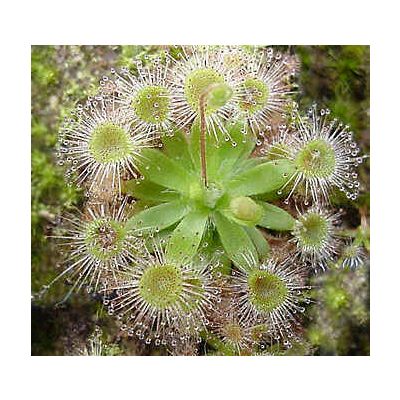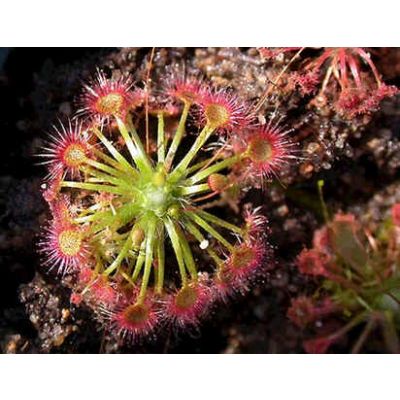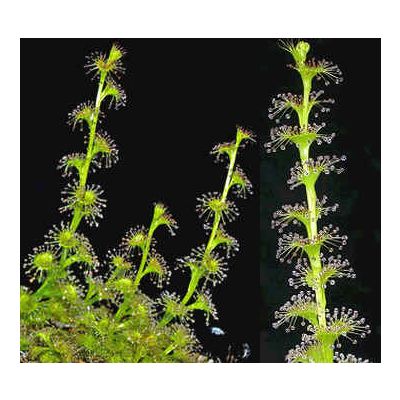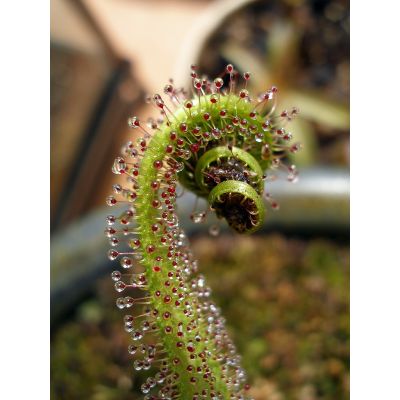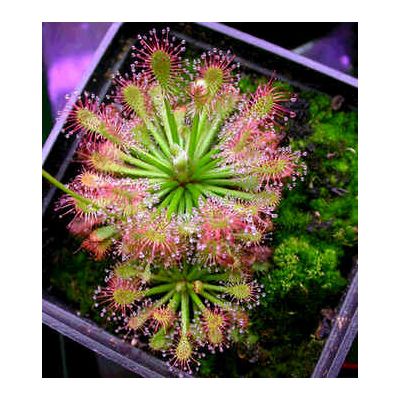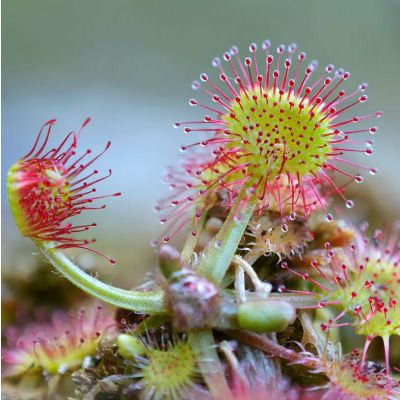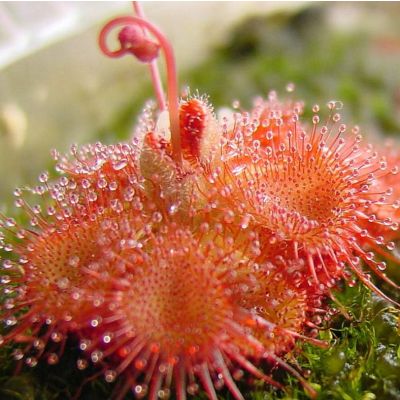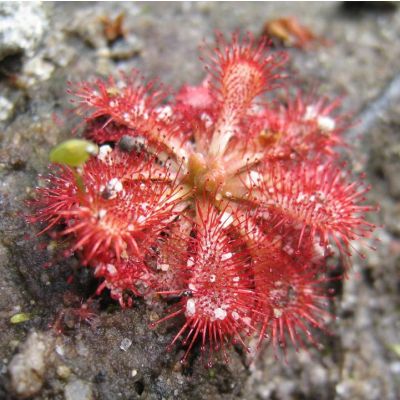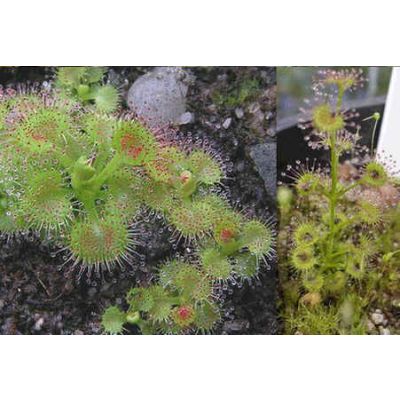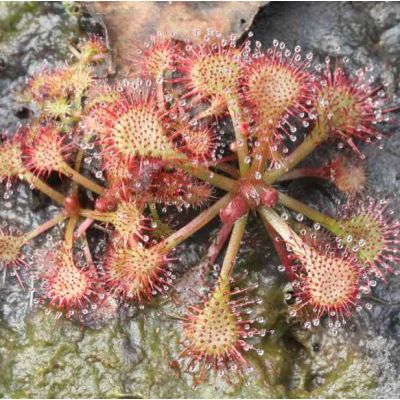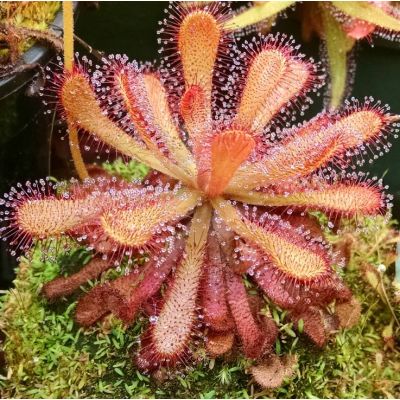Carnivorous Plant
Shop rare carnivorous plant seeds – exotic insect-eaters
Browse our curated selection of carnivorous plant seeds, including Venus flytraps, sundews, pitcher plants, and more. Perfect for exotic plant lovers, indoor terrariums, and anyone interested in growing fascinating, insect-eating plants at home.
- Venus Flytrap (Dionaea) Seeds : Classic insect trap, easy to grow.
- Cape Sundew (Drosera) Seeds : Sticky leaves, natural pest control.
- Pitcher Plant (Sarracenia) Seeds : Colorful tubes, passive insect traps.
- Tropical Pitcher (Nepenthes) Seeds : Hanging pitchers, exotic jungle vibe.
- Butterwort (Pinguicula) Seeds : Glossy leaves, compact carnivore beauty.
- Cephalotus Seeds : Prehistoric look, mini pitcher traps.
Now Shopping by
-
Drosera Admirabilis Seeds (South African)
Starting at US$3.30
striking carnivorous plant with glistening, insect-trapping leaves and delicate flowers.
-
Drosera Aliciae Seeds (Alice Sundew Seeds)
Starting at US$3.80
Insectivorous plant that can survive in nitrogen poor soils because it gets the nutrients it needs from insects. -
Drosera Androsaceae Seeds (Cone Sundew) (Pygmy)
Starting at US$5.80
Another startling feature of the Pygmy Sundews are their size. Normally the plants grow to a maximum diameter of half an inch. Although some people are put off by their size, their beauty lie in numbers. -
Drosera Anglica Seeds
Starting at US$3.30
Protect from dry freezing wind during deep freezes by covering the plant with black plastic. Uncover the plant when the deep freeze and dry freezing wind is over. -
Drosera Arcturi Seeds (Arcturi Sundew seeds)
Starting at US$3.50
Bronze coloured plants to 4 cm tall, flowers white with yellow stigmas? from Ben Lomond, Tasmania. -
Drosera Auyan Tepui Seeds (South American)
Starting at US$3.50
The leaves form a rosette lying flat upon damp soil. The leaves are spoon-shaped. In full sunlight, the plants turn red. -
Drosera Binata Red Seeds (The Forked Sundew)
Starting at US$3.20
Known as the Forked Sundew, it is easy to see how Drosera binata red got that name. The long upright leaves form a "Y" shape at the extremity. The erect stems can reach 20 inches high or more and branched in upper part. -
Drosera Binata Seeds (The Forked-Leaved Sundew)
Starting at US$3.90
The flowers are pink or white, have 5 petals and are about 2.5 cm across. They are numerous on erect stalk. -
Drosera Binata var. Dichotoma Seeds
Starting at US$3.90
Unique carnivorous plant with forked leaves that trap insects, perfect for any plant enthusiast's collection.
-
Drosera Broomensis Seeds (Petiolaris-Complex)
Starting at US$3.50
Always in bloom with stunning orange flowers! -
-
Drosera Burmanii Seeds
Starting at US$3.30
It produces tiny, golden-green rosettes. The white or rarely pale pink flowers are produced on one-sided racemes from September to June. -
Drosera Capensis Broad Leaves Seeds (South African)
Starting at US$3.20
They should be grown in bright light, but with protection from full midday sun. In cloudy coastal areas, artificial light is preferable. -
Drosera Capensis Red Seeds
Starting at US$3.60
In the greenhouse, plants bloom in the Fall with scapes that have numerous, 6 to 20, small pinkish flowers up to 1 cm long. -
-
Drosera Capillaris Seeds (South American)
Starting at US$3.30
In full sunlight, the plants turn red. The colour of the flowers ranges between pink and white. It blooms at late Winter or early Spring. -
Drosera Cistiflora Seeds
Starting at US$3.50
It's growth is unusual in that it comes out of dormancy as a rosette, then puts out a weak to moderately strong stem as the season progresses. -
Drosera Derbyensis Seeds (Octopus Plant) (Petiolaris-Complex)
Starting at US$3.50
Seeds from Western Australia. Blooms from March to June. Depending on your climate, you may need to grow this plant sundew in a warm terrarium with strong fluorescent lights. -
-
Drosera Erythrorhiza Magna Seeds (Tuberous)
Starting at US$3.80
Flowers from mid Winter to early Spring. In nature, Summer fire enhances flowering. The flowers are hermaphrodite. -
Drosera Erythrorhiza Squamosa Seeds (Red Ink Sundew)
Starting at US$3.60
Very rare carnivorous plant! -
-
Drosera Filiformis Seeds (Thread-leaved Sundew)
Starting at US$3.30
Requires consistently moist soil; do not let dry out between waterings. Water must be distilled or rain water because they do not tolerate city or hard water. -
Drosera Filiformis Tracyi Seeds (Temperate)
Starting at US$3.30
This species differs visually from the more Northern variety by being slightly larger and the glands on the tip of the tentacles are greenish. The Southern Dewthread produces fertile pink flowers in April. -
Drosera Gigantea Seeds (Giant Sundew Seeds)
Starting at US$2.20
Giant Sundew is one of the largest erect growing species that can reach up to 1m in height. -
Drosera Glanduligera Seeds (Australian)
Starting at US$3.50
Flowers late Winter to late Spring, which are orange to red in colour. This species produces an extremely large number of seeds. -
Drosera Intermedia Seeds (Spoonleaf Sundew) (Temperate)
Starting at US$3.90
The flowers are 1/4 inch wide, white to pale pink, with 5 petals and 5 sepals, and appear between June and September. -
Drosera Kenneallyi Seeds
Starting at US$3.30
The plant is very suitable for a terrarium or a warm greenhouse... -
Drosera Lowriei Seeds (Tuberous)
Starting at US$3.50
Growth occurs during the Winter months. It is important to respect the seasonal pattern of growth in cultivation. -
Drosera Macrantha Seeds (Bridal Rainbow Sundew)
Starting at US$3.30
Produces cup-shaped carnivorous leaves along a stem that can be up to 5 feet high. -
Drosera Macrophylla Macrophylla Seeds (Snowy Sundew) (Tuberous)
Starting at US$3.50
Upper surfaces of leaves are covered with hairs that secrete a sweet sticky substance. This attracts insects, which become smeared with it and unable to escape. -
Drosera Madagascariensis Seeds (South African)
Starting at US$3.50
The species can grow nearly ten inches tall. The leaves are oblong, linear to spatulate. The upper surface of the leaves have a covering of sticky tentacles, that attracts preys. -
Drosera Montana Seeds (South American)
Starting at US$3.50
The bloom is red, long, with small pink flowers on the top. It blooms at late Winter or early Spring. -
Drosera Natalensis Seeds (South African)
Starting at US$3.50
The rosettes are flat and about 4 cm across. The leaves are spoon-shaped. The upper surface of the light green leaves, have a covering of sticky tentacles which are a dark pink or brilliant red. -
Drosera Nitidula Seeds (Pygmy)
Starting at US$3.30
Each leaf consists of a thin petiole and a round, red lamina measuring up to 2 mm in diameter. Leaves in a convex rosette. The rossettes are about 1.5 - 2 cm. It flowers early Spring to mid Summer. -
Drosera Ordensis Seeds (Petiolaris-Complex)
Starting at US$3.30
Its lamina is densely studded with stalked mucilagenous glands, which serve to attract and trap arthropod prey -
Drosera Paradoxa Seeds (Petiolaris-Complex)
Starting at US$3.30
Prefers soil that is barely damp. Does not require winter dormancy, but will go dormant if kept cool and in low light. -
Drosera Peltata Seeds (Tuberous)
Starting at US$3.30
It's a tuberous, growing to 25 cm. Drosera peltata is a tall and graceful species in leaf all year. -
Drosera Pulchella Seeds (Pygmy)
Starting at US$3.50
Another startling feature of the Pygmy Sundews are their size. Normally the plants grow to a maximum diameter of half an inch. The rosettes are about 1.5 cm across and golden-green in color, more red under bright light. -
Drosera Pygmaea Seeds (Pygmy)
Starting at US$3.50
Although some people are put off by their size, their beauty lie in numbers. Because of the gemmae, the plants quickly cover the growing area, forming dense mats. -
Drosera Ramellosa Seeds (Tuberous)
Starting at US$3.60
Drosera ramellosa is a small plant, to 12 cm high. It grows first as a rosette. Then a scape appears bearing leaves in the form of fan. The flowers are white to pink. -
Drosera Regia Seeds (King Sundew) (South African)
Starting at US$5.80
Leaves curl around any captured prey like a fist. -
Drosera Roraimae Seeds (South American)
Starting at US$3.50
The visiting insects are attracted to the leaves by the glistening tips of the hairs. The leaves, curl around any captured prey like a fist. -
Drosera Rotundifolia Seeds (Round Leaf Sundews) (Temperate)
Starting at US$3.80
Grows in bogs, swamps and wet acid soils. -
Drosera Sessilifolia Seeds (South American)
Starting at US$3.30
Seeds from Northen Brazil Coast. Although Drosera sessilifolia is one of the most widespread Drosera in South America, it?s frustratingly rare, occurring in very specific and restricted habitats. -
-
Drosera Stolonifera Stolonifera Seeds (Tuberous)
Starting at US$2.40
Being an insectivorous plant, it can survive in nitrogen poor soils because it gets the nutrients it needs from insects. -
-
Drosera Venusta Seeds (South African)
Starting at US$3.50
Easy to grow and rewarding, perfect beginners' plants. -

